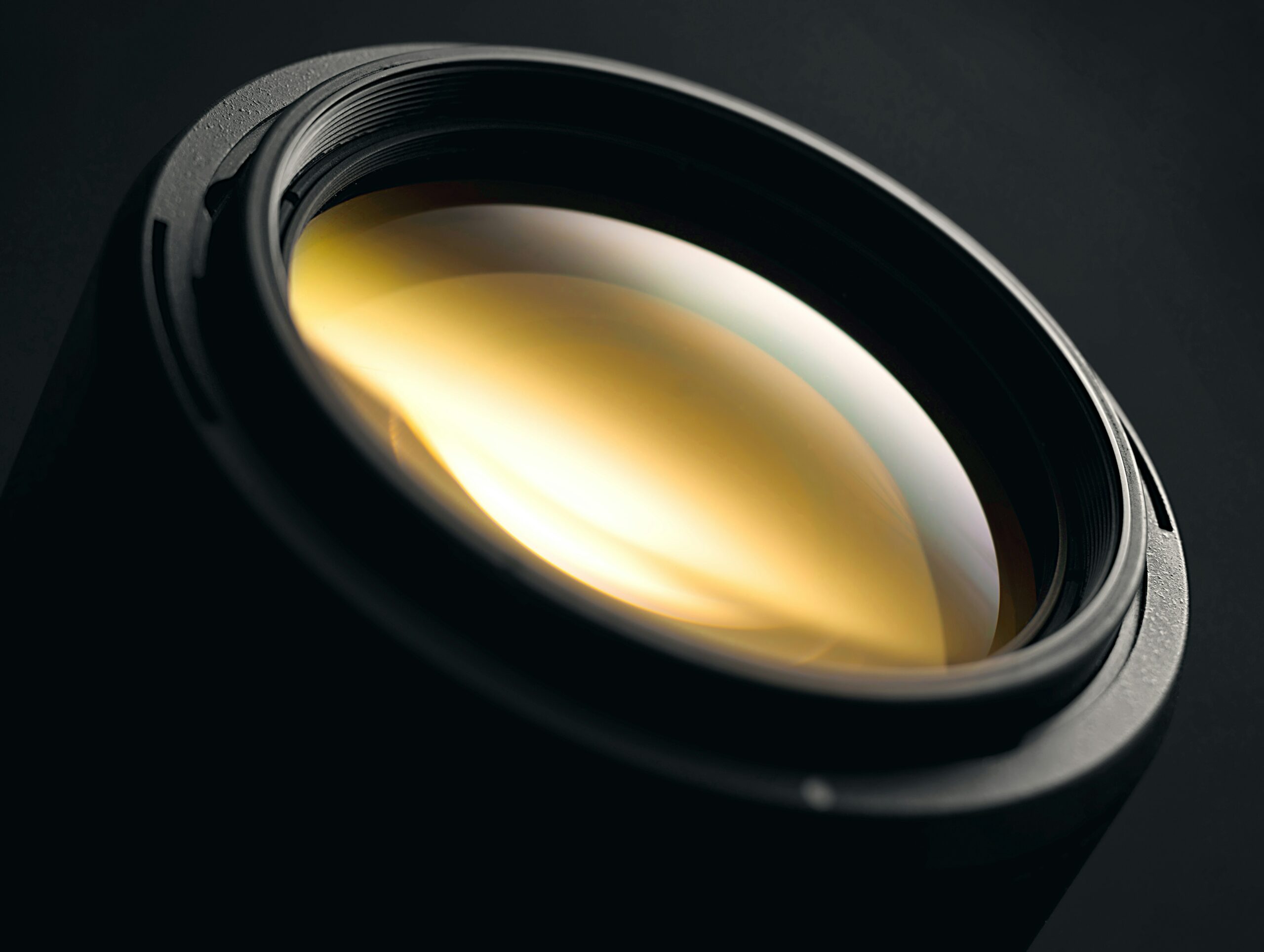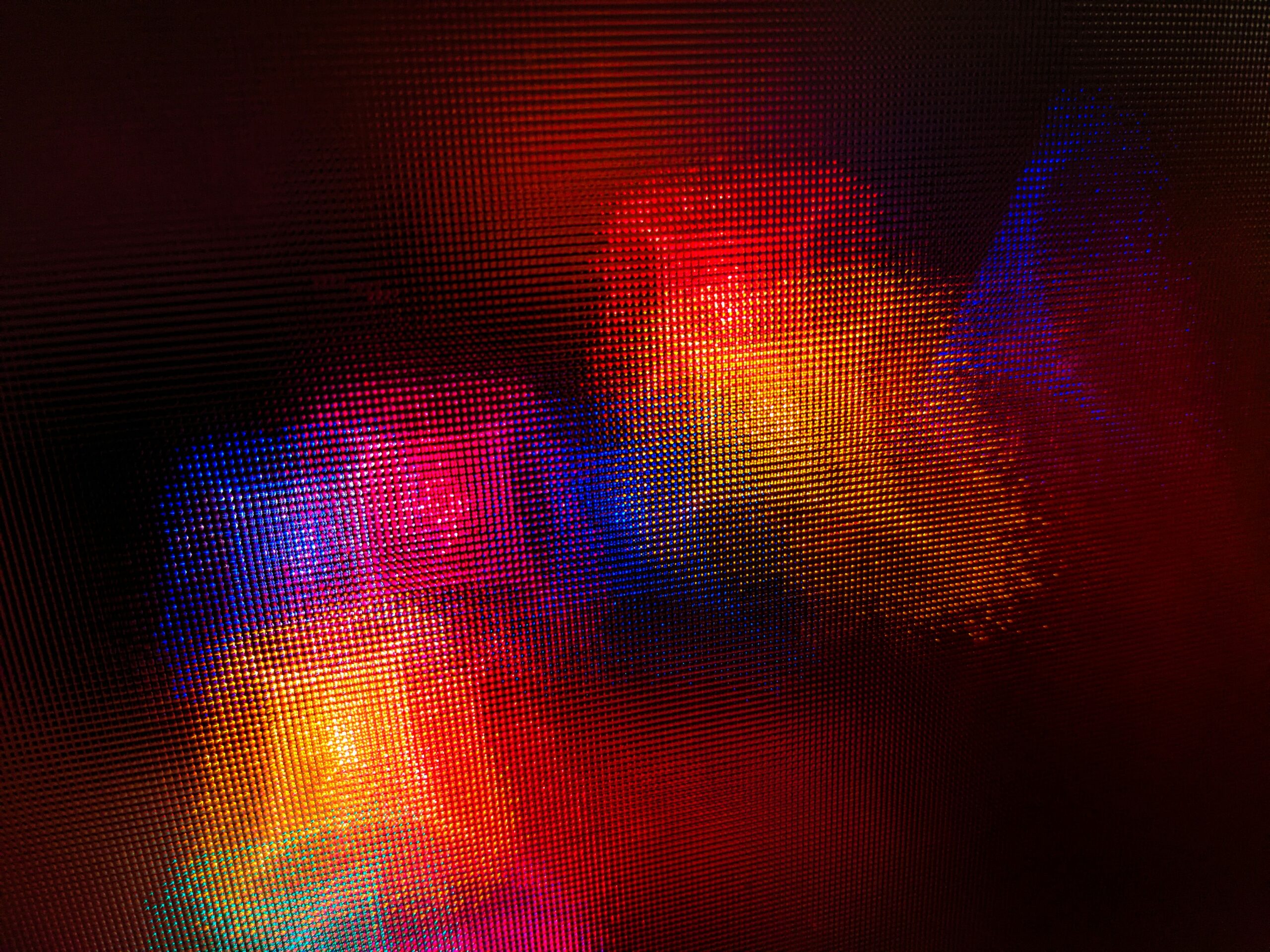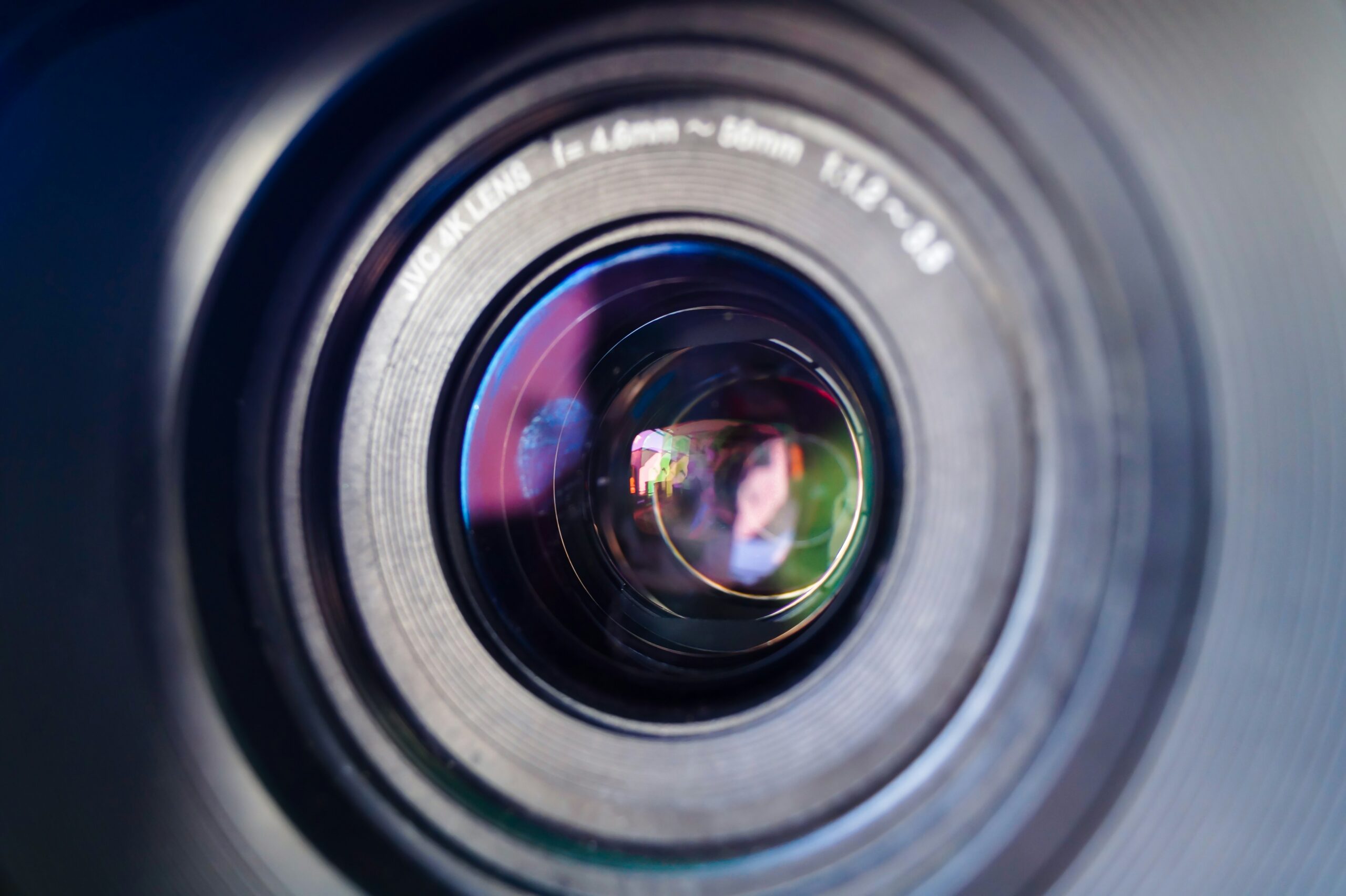Eyeball this: in the world of optical devices, eye relief holds a remarkably important place. But what exactly is eye relief and why does it matter? Eye relief refers to the distance between your eye and the eyepiece of an optical device, such as binoculars or a rifle scope. This seemingly simple factor plays a significant role in your viewing experience, affecting comfort, ease of use, and overall satisfaction. So, if you’ve ever wondered why eye relief is a big deal, buckle up as we explore its significance in the fascinating realm of optical devices. Whether you’re an avid outdoorsman, a wildlife enthusiast, or simply an admirer of nature’s wonders, understanding the importance of eye relief will undoubtedly enhance your optical adventures.

Defining Eye Relief
Understanding what eye relief means
Eye relief refers to the distance between the eyepiece of an optical device and the observer’s eye. It is an important factor to consider when using any optical device, as it directly affects comfort, clarity of vision, and even safety.
Technical definition of eye relief
From a technical perspective, eye relief is defined as the distance from the last surface of the eye lens to the point where the observer’s eye perceives a full field of view. This distance is usually measured in millimeters (mm). A longer eye relief allows for greater flexibility in positioning the eye and still maintaining a clear and unobstructed view.
Terms related to eye relief
There are a few terms related to eye relief that are commonly used when discussing optical devices:
- Eye relief distance: The actual measurement in millimeters that determines the distance between the eyepiece and the observer’s eye.
- Long eye relief: Refers to an optical device that has a relatively longer eye relief distance, usually considered to be around 15mm or greater.
- Short eye relief: Conversely, a short eye relief distance is typically less than 15mm.
Types of Optical Devices
Eyeglasses
Eyeglasses, although primarily used for vision correction, also fall into the category of optical devices. They require a specific eye relief distance to ensure the wearer can comfortably view objects without strain or distortion.
Microscopes
Microscopes utilize complex lens systems to magnify small objects. Eye relief in microscopes is crucial to ensure the observer can maintain a consistent focus while examining a specimen.
Binoculars
Binoculars are commonly used for various outdoor activities such as birdwatching, stargazing, or even just general observation. Proper eye relief in binoculars allows users to comfortably view distant objects for extended periods without experiencing eye fatigue.
Telescopes
Telescopes, similar to binoculars, provide magnification for observing distant objects such as stars and planets. The appropriate eye relief in telescopes ensures that users can maintain a relaxed and immersive viewing experience.
Riflescopes
Riflescopes are designed specifically for shooting sports or hunting. Eye relief in riflescopes is crucial for safety reasons, as it determines the distance between the shooter’s eye and the scope to prevent any potential recoil-related injuries.
Role of Eye Relief in Different Optical Devices
Eye relief in eyeglasses
In eyeglasses, eye relief refers to the distance between the lenses and the wearer’s eyes. It is crucial to achieve the correct eye relief to avoid any discomfort or visual distortions. Proper eye relief ensures that the lenses are positioned optimally and that the wearer’s eyes are at the proper distance from the corrective lens surface.
Eye relief in microscopes
In microscopes, eye relief is essential for achieving a comfortable and precise focus. Depending on the magnification power and the design of the microscope, the eye relief distance may vary. Maintaining the correct eye relief allows the observer to maintain a steady and stable view of the specimen while minimizing eye strain.
Eye relief in binoculars
Binoculars are commonly used for outdoor activities, where comfort and ease of use are essential. Adequate eye relief in binoculars allows the observer to maintain a proper distance from the eyepieces, ensuring a full field of view without any vignetting or loss of clarity.
Eye relief in telescopes
Telescopes provide a way to observe celestial objects from the comfort of your own backyard. The proper eye relief in telescopes allows users to comfortably view the night sky for prolonged periods without experiencing eye fatigue or discomfort. It ensures that the observer’s eye is positioned correctly behind the eyepiece, maximizing the viewing experience.
Eye relief in riflescopes
Riflescopes are designed to enhance the accuracy and precision of shooting sports and hunting. Eye relief in riflescopes is particularly crucial to prevent injuries caused by recoil. A proper eye relief allows sufficient distance between the shooter’s eye and the scope, reducing the risk of the scope hitting the eye during recoil.
Eye Relief and Comfort
Importance of correct eye relief for optical comfort
Correct eye relief plays a significant role in ensuring comfort when using optical devices. When the eye is positioned at the proper distance from the eyepiece, users can enjoy extended periods of observation without experiencing discomfort, eyestrain, or fatigue. It allows for a natural viewing position and minimizes the need to strain or adjust the eye to maintain focus.
How incorrect eye relief affects comfort
Using optical devices with incorrect or inadequate eye relief can lead to discomfort and potentially even pain. Too short of an eye relief distance can cause the eyepiece to be too close to the eye, leading to a limited field of view, increased eye strain, and even contact between the eyepiece and the eye itself. On the other hand, excessive eye relief distance may result in a loss of focus and decreased clarity of vision.
Improving comfort with correct eye relief
By ensuring the correct eye relief distance, users can significantly enhance their comfort when using optical devices. Proper eye relief allows users to maintain a relaxed posture while observing, reducing the strain on their eyes, neck, and back. It also provides the flexibility to adjust the position of the device to match individual preferences, ensuring a more enjoyable and immersive experience.

Eye Relief and Vision Clarity
How eye relief affects field of view
The eye relief distance directly affects the field of view achievable with an optical device. An appropriate eye relief allows for a wider field of view, enabling users to perceive more of their surroundings or the observed object. Insufficient eye relief may result in a restricted field of view, limiting the observer’s ability to fully appreciate the details or context of the observed scene.
Role of correct eye relief in preventing vignetting
Vignetting occurs when the edges of the observed image appear darker or distorted. Adequate eye relief helps minimize vignetting by ensuring that the observer’s eye is positioned correctly behind the eyepiece, allowing for the full utilization of the optical system’s capabilities. By maintaining the appropriate eye relief, users can enjoy clear and undistorted images across the entire field of view.
Achieving maximum resolution with correct eye relief
Proper eye relief is crucial for achieving maximum resolution and sharpness in optical devices. When the eye is positioned at the optimal distance, the observer can take full advantage of the device’s optical capabilities, resulting in clear and highly detailed images. Deviating from the recommended eye relief can lead to a loss of resolution and decreased clarity, limiting the observer’s ability to discern fine details.
Eye Relief and Safety
Preventing injuries with fitting eye relief
Optical devices that require close contact with the eye, such as eyeglasses or some microscopes, need to have appropriate eye relief to prevent injuries. Insufficient eye relief can lead to accidental contact between the eyepiece and the eye, potentially causing scratching, bruising, or more severe injuries.
Eye relief and prevention of ‘scope eye’ or recoil injuries
In shooting sports or hunting, riflescopes with inadequate eye relief can pose a safety risk. Insufficient eye relief, combined with the recoil force generated by firearms, can cause the scope to impact the shooter’s eye during recoil. This phenomenon, commonly known as “scope eye,” can result in serious eye injuries. Proper eye relief in riflescopes helps prevent such injuries, ensuring the shooter’s safety and allowing for a comfortable shooting experience.
Need for longer eye relief in high-recoil devices
High-recoil devices, such as firearms with powerful cartridges, require longer eye relief to maintain a safe distance between the eye and the scope. The recoil forces generated by these devices can be substantial, and without adequate eye relief, there is an increased risk of injury. Longer eye relief allows users to maintain a safe viewing position, even when using high-recoil firearms.

Factors Affecting Eye Relief
Relationship between lens size and eye relief
The size and design of the lenses in an optical device directly impact eye relief. Generally, larger lenses allow for longer eye relief distances, as they provide more space for the observer’s eye to comfortably view the entire field of view without vignetting or loss of clarity.
Impact of exit pupil on eye relief
The exit pupil, which is the virtual aperture created by an optical device, also influences eye relief. A larger exit pupil generally requires a longer eye relief distance to fully capture the projected image. Conversely, a smaller exit pupil may allow for a shorter eye relief distance, but it can result in a narrower field of view and reduced comfort.
Effect of optical device design on eye relief
The overall design and construction of an optical device also play a role in determining the eye relief distance. Manufacturers consider factors such as magnification, field of view, and the intended use of the device when designing the eyepiece and determining the appropriate eye relief. Different optical designs may yield varying eye relief distances, so it is important to consider the specific device’s design when selecting the ideal eye relief.
How to Determine the Right Eye Relief
Factors to consider when selecting eye relief
When selecting an optical device, it is essential to consider several factors to determine the right eye relief:
- The type of device: Different optical devices have different eye relief requirements, so understanding the intended use of the device is crucial in selecting the appropriate eye relief.
- Personal comfort: Some individuals may prefer a longer eye relief distance for added comfort, while others may find shorter eye relief more suitable. Considering personal comfort is important in determining the right eye relief.
- Vision correction: If wearing corrective eyeglasses, it is important to factor in the additional distance between the eyeglass lenses and the observer’s eyes when determining the required eye relief.
- Intended usage duration: If the device is intended for prolonged usage, selecting a longer eye relief helps prevent discomfort and eye strain during extended observation sessions.
Balancing eye relief with other optical specifications
While eye relief is an important consideration, it must be balanced with other optical specifications specific to the device. Magnification, field of view, exit pupil, and other factors must align with the desired eye relief distance to achieve a well-rounded optical experience.
Individual differences in needed eye relief
It’s important to note that eye relief preferences can vary between individuals. Factors such as the individual’s vision acuity, eye shape, and personal comfort preferences can influence the ideal eye relief distance. Therefore, it may be beneficial to try different optical devices to determine the eye relief that best suits individual needs.
Adjusting Eye Relief in Different Devices
Adjusting eye relief in eyeglasses
Eyeglasses generally have fixed eye relief distances determined during the fitting process. However, the position of the eyeglasses on the wearer’s face can be adjusted slightly to optimize comfort and eye relief. Consulting with an optician or eyewear professional can ensure the eyeglasses are positioned correctly to achieve the best eye relief.
Adjusting eye relief in binoculars
Most binoculars come with adjustable eyecups that allow users to alter the eye relief distance. By extending or retracting the eyecups, users can customize the eye relief to match their individual preferences and vision needs. It is important to adjust the eyecups symmetrically to maintain a consistent view across both eyepieces.
Adjusting eye relief in telescopes
Telescopes typically allow users to adjust eye relief by modifying the position of the eyepiece. By moving the eyepiece in or out of the telescope’s focus tube, users can achieve the desired eye relief distance. It is crucial to secure the eyepiece firmly in place after making adjustments to maintain stability and prevent any potential misalignment.
Adjusting eye relief in riflescopes
Riflescopes often have eye relief adjustment knobs or rings that allow users to modify the eye relief distance. This adjustment is crucial for achieving a safe and comfortable shooting experience. Users should refer to the manufacturer’s instructions and guidelines when adjusting the eye relief in riflescopes to ensure proper handling and prevent any potential damage to the scope.
Importance of Eye Relief in Optical Industry
Eye relief as a selling point
In the optical industry, eye relief is often highlighted as a selling point for various optical devices. Manufacturers understand the importance of comfort, safety, and clarity of vision, and they emphasize superior eye relief as a distinguishing feature of their products. Longer eye relief distances are often marketed as providing enhanced viewing experiences, making them attractive options for potential buyers.
Advancements in eye relief technology
Continuous advancements in optical technology have led to improvements in eye relief design. Manufacturers are constantly looking for ways to optimize eye relief distances to provide users with the best possible viewing experiences. These advancements may include the use of specialized eyepiece designs, adjustable eye relief mechanisms, or even innovative materials to enhance comfort and safety.
Future trends in eye relief design
As the optical industry continues to evolve, it is expected that eye relief will remain a key consideration in the design and development of new optical devices. Future trends may include further enhancing comfort through ergonomic adjustments, utilizing advanced materials for improved eye relief distances, and incorporating intelligent eye relief systems that adapt to individual needs.
In conclusion, eye relief is a crucial aspect to consider when using any optical device. It directly impacts comfort, clarity of vision, and even safety. Proper eye relief allows for a comfortable viewing experience, reduces eye strain, and ensures the observer can fully appreciate the observed scene. Understanding the importance of eye relief and its role in different optical devices is key to selecting and using optical devices effectively and safely.
